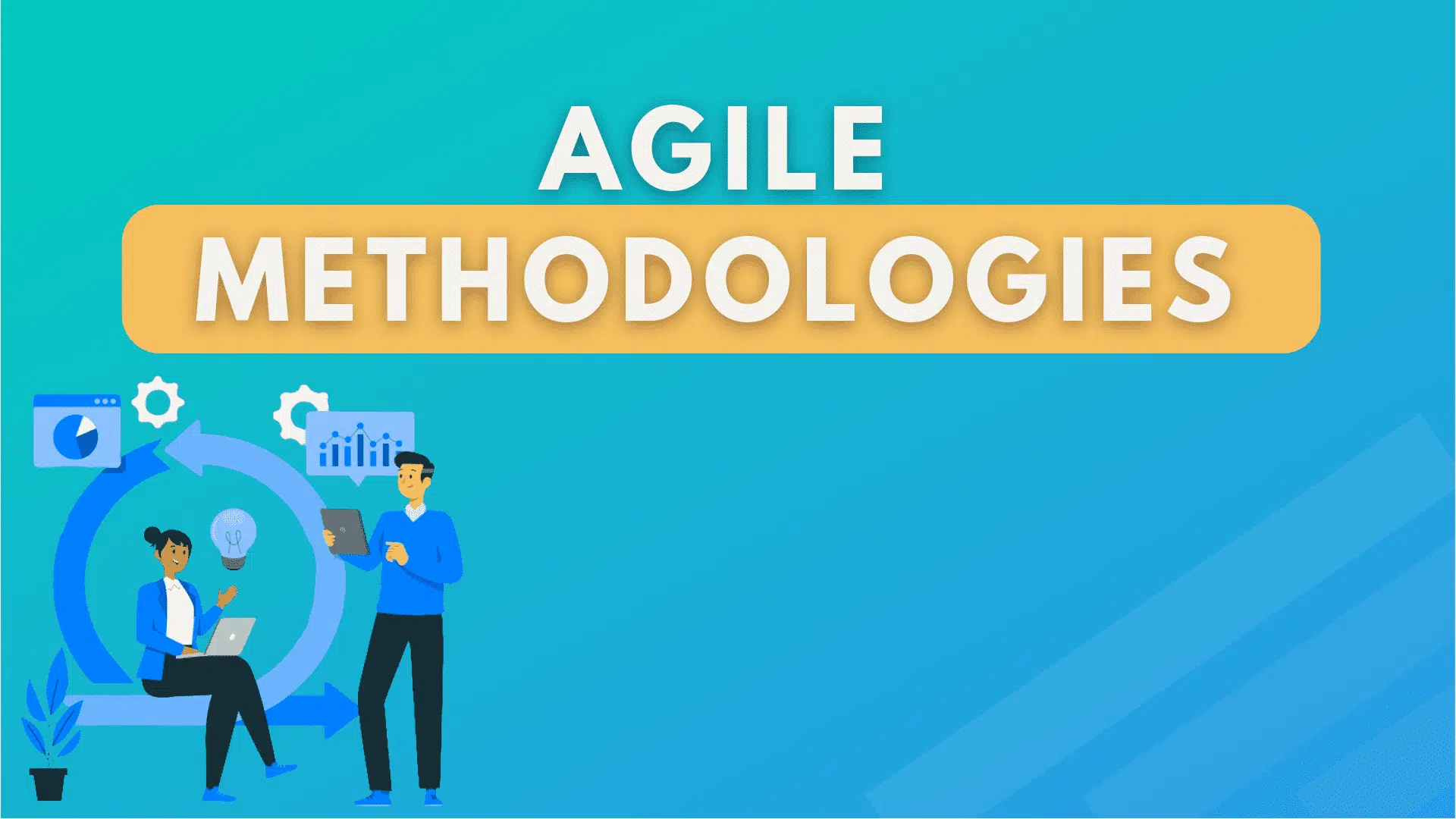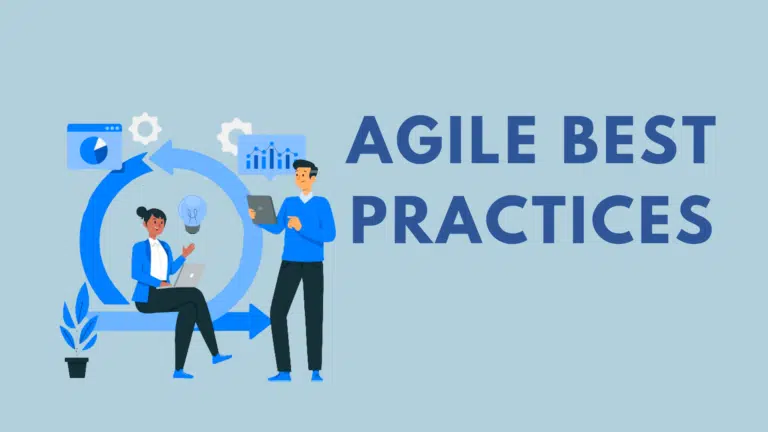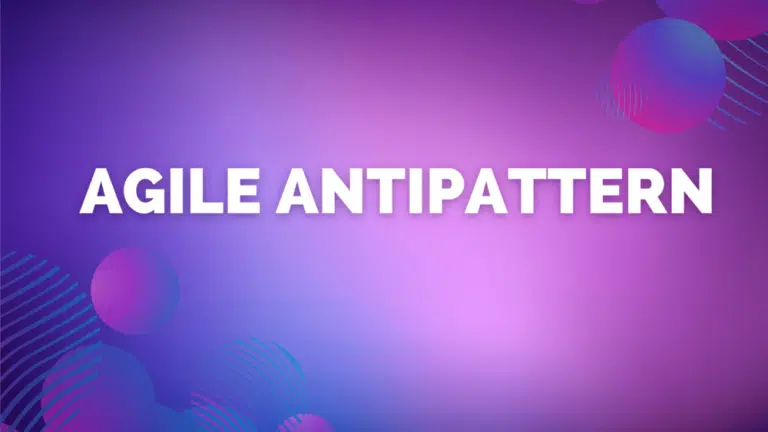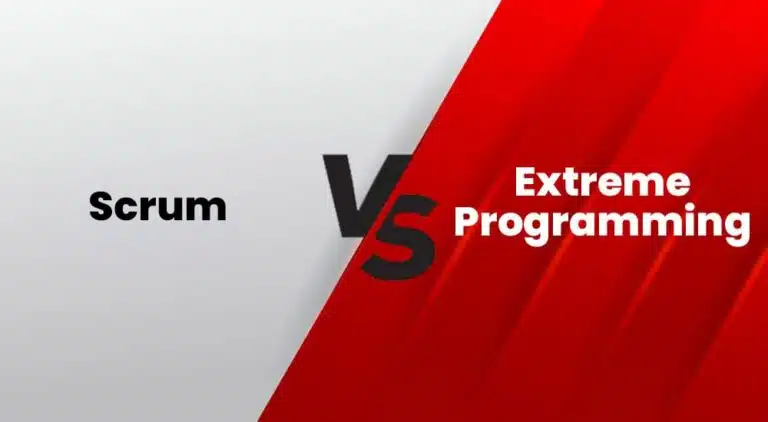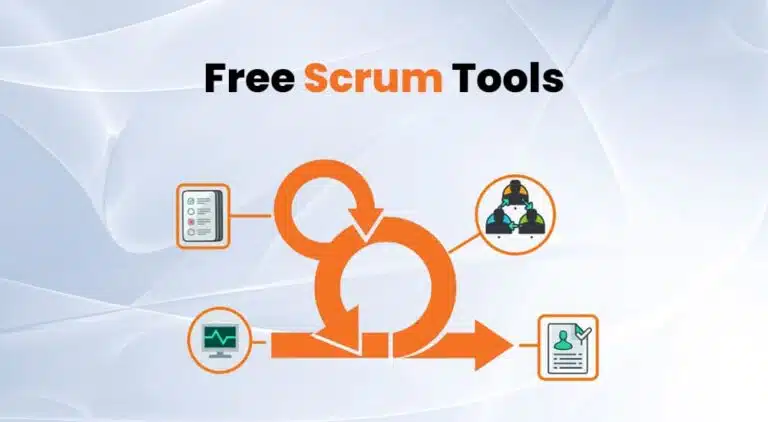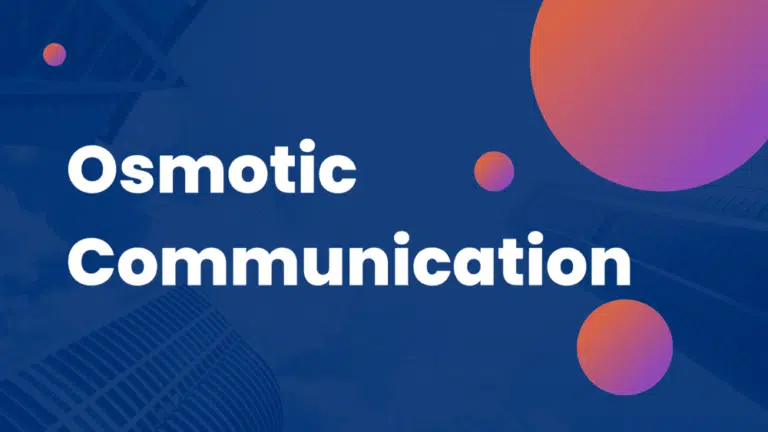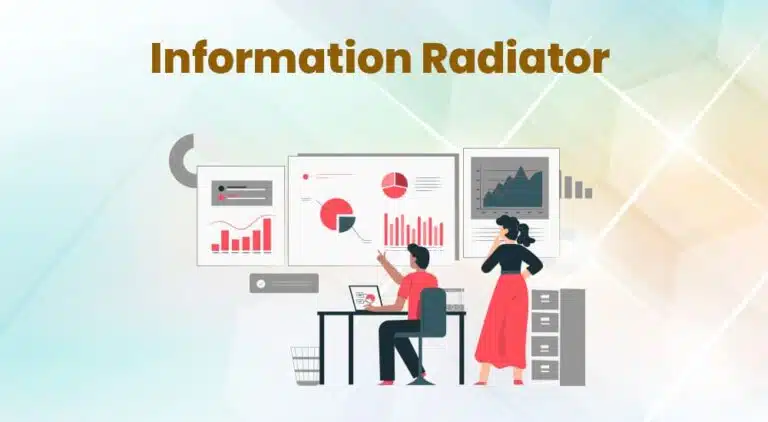Agile methodology is a project management framework that emphasizes client collaboration as well as iterative and incremental development. They easily adapt to changes. They focus on continuous product development and quick client delivery of the working model.
It divides the project into small parts and completes them incrementally.
In today’s blog post, we will discuss Agile project management, Agile methodologies, Agile methodology framework, and how to implement them in your project.
Background of Agile Methodologies
Agile methodologies are a collection of different Agile frameworks (e.g., Scrum, Extreme Programming [XP], Scaled Agile Framework [SAFe], etc.).
The Agile Manifesto was published in February 2001 when 17 software development thought leaders met in Snowbird, Utah, to discuss lightweight development methods. This gathering created the “Agile Manifesto,” which articulated the core principles of Agile development.
The four manifesto values are as follows:
- Individuals and Interactions Over Processes and Tools: Agile value emphasizes the importance of people and their interactions over processes and tools.
- Working Software Over Comprehensive Documentation: While documentation is necessary, Agile teams prioritize delivering working software that provides value to customers.
- Customer Collaboration Over Contract Negotiation: Agile teams seek ongoing customer engagement and feedback rather than strict, up-front contract negotiations. This value ensures that the product aligns with customers’ needs and adapts to changing requirements.
- Responding to Change Over Following a Plan: While planning is important, Agile teams are prepared to modify their plans and strategies according to new information or customer feedback. This value promotes flexibility and responsiveness to the project’s evolving needs.
What is Agile Project Management?
Agile project management is the process of managing projects that require constant changes. In Agile projects, the Agile team delivers the working model as soon as possible and then improves and adds features with client collaboration and feedback.
Client collaboration and early delivery will ensure that the product meets client expectations.
Agile project management adapts to changes quickly; it is built to accept change—even during the last stage of product delivery.
Because of its agility, most IT companies use it to develop software products.
Benefits of Using Agile Methodologies
Agile methodologies are popular for IT projects as it is adaptable to change and involve the customer at the beginning of the project.
The key benefits of Agile methodology are:
- Adaptable to Change: During an Agile project, the client can request a change, and the Agile team will prioritize it as soon as possible. Agile projects do not have a lengthy change-approval process.
- Early Delivery: Agile projects intend to deliver the working product as soon as possible so the client can see it and provide feedback. Based on the feedback, the product can be improved, and features can be added.
- Customer Feedback: The customer is involved at the very beginning of the project to receive early delivery. They can provide their feedback to improve the product and test it again. This ensures that both the product and stakeholder requirements are aligned throughout the project lifecycle.
- High Customer Satisfaction: Agile continuously seeks feedback and adapts to customers’ needs. This ensures that the product is always aligned with the customer’s requirements, thus resulting in high customer satisfaction.
- Reduced Scope Creep: Agile frameworks use a prioritized backlog, which makes managing scope easier and prevents unnecessary scope creep. Product feedback is collected after every sprint, which also reduces scope creep.
- Improved Stakeholder Engagement: Regular communication provides insight into the project’s progress. This is achieved with ceremonies (e.g., sprint reviews and daily stand-ups) to keep stakeholders engaged and informed.
Types of Agile Methodologies
Agile project management is a collection of different Agile frameworks (e.g., Scrum, Extreme Programming [XP], Adaptive Project Framework [APF], Scaled Agile Framework [SAFe], etc.).
A few popular Agile frameworks are:
Scrum
Scrum is the most popular Agile methodology. Scrum teams are small and cross-functional. They work in time-boxed iterations called “sprints,” which last 2-4 weeks. Key roles in Scrum include Scrum Master, Product Owner, and Development Team. Key Scrum events are daily stand-up meetings, sprint planning, sprint reviews, etc.
Kanban
Kanban is a visual project management method focusing on workflow visualization and continuous improvement. In Kanban, you use a Kanban board to track work items as they move through different stages of development. Kanban does not have fixed timeboxes (like sprints in Scrum), and work is pulled as capacity allows.
Extreme Programming (XP)
XP strongly emphasizes engineering practices, such as test-driven development (TDD), pair programming, continuous integration, and frequent releases. XP aims to improve software quality and responsiveness to changing requirements.
Lean Software Development
Lean principles are derived from manufacturing and applied to software development. It focuses on eliminating waste, optimizing processes, and delivering value as efficiently as possible.
Feature-Driven Development (FDD)
FDD is a model-driven approach to software development. It breaks down development into discrete, well-defined features developed in short iterations. It is useful for larger projects.
Dynamic Systems Development Method
The DSDM framework provides a structured project management and software development approach. It emphasizes collaboration, iterative development, and frequent incremental delivery. DSDM is often used in government and large corporate environments.
Adaptive Project Framework (APF)
APF prioritizes flexibility in changing project circumstances. It divides projects into phases and allows for adjustments at the end of each phase.
Large-Scale Scrum (LeSS) and Scaled Agile Framework (SAFe)
These methodologies are designed to scale Agile principles for larger organizations and more complex projects. They provide guidelines to coordinate multiple Agile teams.
Agile Methodologies Vs Waterfall Project Management
Waterfall project management is also known as a traditional approach to project management and is the oldest form.
In traditional project management, requirements are well-defined, and the project management team develops the complete project plan upfront. Once the plan is approved, they will execute it as is. If there is any change in the project or deliverable, the change requests go through a change management process.
The project management team completes the project in sequential and non-overlapping phases. Client interaction is limited here, and there is no mechanism to include their feedback during the project lifecycle.
Traditional project management is useful when requirements are fixed, and changes are rare. Traditional approaches are good for construction projects in which the scope of work is well defined. However, this method is unsuitable for IT projects or projects in which requirements are unknown or are not fixed at the beginning.
Additionally, some projects require constant changes. Traditional approaches are not useful in these situations; therefore, businesses may use Agile approaches instead.
Agile approaches are flexible and designed to accept changes at any stage of the project and are suitable for projects with unclear requirements.
Here, the product owner creates a product backlog, and the Agile team selects the high-priority items for a sprint and works on these user stories. Customers are involved throughout the project; they test the product and provide feedback throughout its development to ensure that the client will find the product acceptable when it is finished.
Agile Approaches in Software Development
Agile methodologies are designed keeping software development in mind. These approaches allow software development processes to adapt to changes and current requirements. Agile approaches are iterative and deliver the product in increments.
Agile approaches keep the customer at the center and involve them during the product development product.
Agile encourages self-organization, which motivates team members and encourages them to perform better. This, in turn, boosts the software development process. Agile team members are cross-functional and can perform multiple tasks as needed.
In every increment, customers review the product and provide feedback. Based on their feedback, the product owner and the Agile team prioritize tasks for the next iteration to ensure that customers’ feedback is taken into consideration in the software development process and the product is aligned with the stakeholders’ requirements.
The Agile software development lifecycle divides the project into six stages:
- Concept
- Inception
- Iteration
- Release
- Maintenance
- Retirement
Implementing Agile processes requires teamwork and an Agile mindset.
Using Agile Methodologies in Non-Software Projects
Though Agile methodologies have extensive usage in software projects, their agility has encouraged non-IT projects to use this management approach, as well.
The following are a few examples of Agile frameworks in other projects.
Designing Projects
You can use Agile methodologies to design projects—even for construction projects! The design aspect can be a separate Agile project for larger construction projects.
Here, you can bring designers, surveyors, planners, clients, and other cross-functional team members to build a team to develop the design with client collaboration. You can first develop the high-level design and refine it until the client’s requirements are met and they are satisfied.
Ad Campaigns
An ad campaign can also use Agile methods. To create a multidisciplinary team, you can bring graphic designers, content writers, ad designers, and clients. You can create several versions of ads and get client feedback.
Based on client feedback, you can modify the ads and run them. You can monitor the performance with the client and tweak it until it gives the desired result.
Human Resources (HR)
HR departments can use Agile frameworks for talent acquisition, onboarding, and employee development. Sprints can streamline hiring processes, onboard new employees more effectively, and improve training programs based on employee feedback and performance metrics.
Adapting Agile Methodologies to Projects
You can use the following steps to implement Agile methodologies into your project.
#1. Form a Cross-Functional Team
Agile teams are cross-functional and multidisciplinary. Team members are highly skilled and can handle any responsibilities they are given. Find the project requirements and skills needed to complete the project. Based on this, you should form a small and cross-functional team.
The team should make decisions and self-organize, which requires less supervision from the project manager. Remember to provide training and support to your team members if anyone lacks certain required skills.
#2. Select a Suitable Agile Framework
To select an Agile framework for your project, you must first assess the project’s size, complexity, and adaptability. Then, analyze your team members’ familiarity with Agile frameworks. Finally, gather input from stakeholders and team members, and then evaluate your organization’s culture and readiness for Agile adoption.
Start small with one framework; it is okay; proceed with it; if not, select the other framework and test.
The following are a few popular Agile frameworks:
- Scrum: This framework is suitable for projects with well-defined requirements or projects that require frequent inspection and adaptation.
- Kanban: This framework is suitable for projects with a continuous workflow and evolving requirements.
- Lean: This framework is suitable for projects with a strong emphasis on minimizing waste and maximizing value.
- Extreme Programming (XP): This framework is suitable for projects that require high technical excellence and rapid iterations.
- Scaled Agile Framework (SAFe): This framework is suitable for large-scale projects or organizations with multiple Agile teams.
- Large-Scale Scrum (LeSS): This framework is suitable if you have large-scale projects but want to retain simplicity.
#3. Define Objective and Plan Iterative Development
Define project goals and objectives and ensure that team members understand them. Break the project into manageable parts (i.e., user stories) and prioritize them based on user requirements. Plan short development cycles (i.e., sprints) for 2-4 weeks each, during which the project team will work on tasks.
At the end of the sprint, deliver the deliverable to the client and get their feedback. Based on feedback received, you can plan the next sprint. Collect client feedback regularly to adapt to changing requirements and ensure the product meets customer needs.
#4. Develop the Product
Based on the prioritized backlog, develop a workable product and deliver it to the client as quickly as possible. This will allow the client to test the project and provide you with their feedback. Involve the customer throughout the product development. Customer feedback is necessary for product refinement and validation.
#5. Hold Agile Meetings
Hold daily stand-up meetings in the morning for 15 minutes, during which you can discuss the team members’ issues and challenges and find solutions. Then, you can discuss the challenges and key points that the team members will face throughout the day. These meetings should be brief and should not last more than 15 minutes.
At the end of the sprint, you will hold a retrospective. This sprint retrospective is a time to discuss what went wrong and what went right. You will discuss the customer feedback, and based on the feedback, you will plan for the next sprint.
Summary
Agile is an umbrella term for various frameworks, and Agile methodologies are useful for managing projects with changing needs. You can select the most suitable framework for your requirements and use it as-is. Once you are proficient in using a specific framework, you can modify it to suit your requirements better.

I am Mohammad Fahad Usmani, B.E. PMP, PMI-RMP. I have been blogging on project management topics since 2011. To date, thousands of professionals have passed the PMP exam using my resources.

